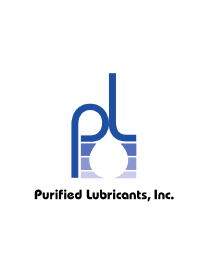Lubricants initially arrive in industrial plants usually via one of two methods:
- New equipment generally comes with a “lubricant list” from the equipment supplier with a few recommendations for each application. Brand names are typically listed, a selection is made and, if it works satisfactorily, it is chosen.
- Maintenance personnel express concern to a supplier or a competitor about a lubricant’s performance, and a change is made.





